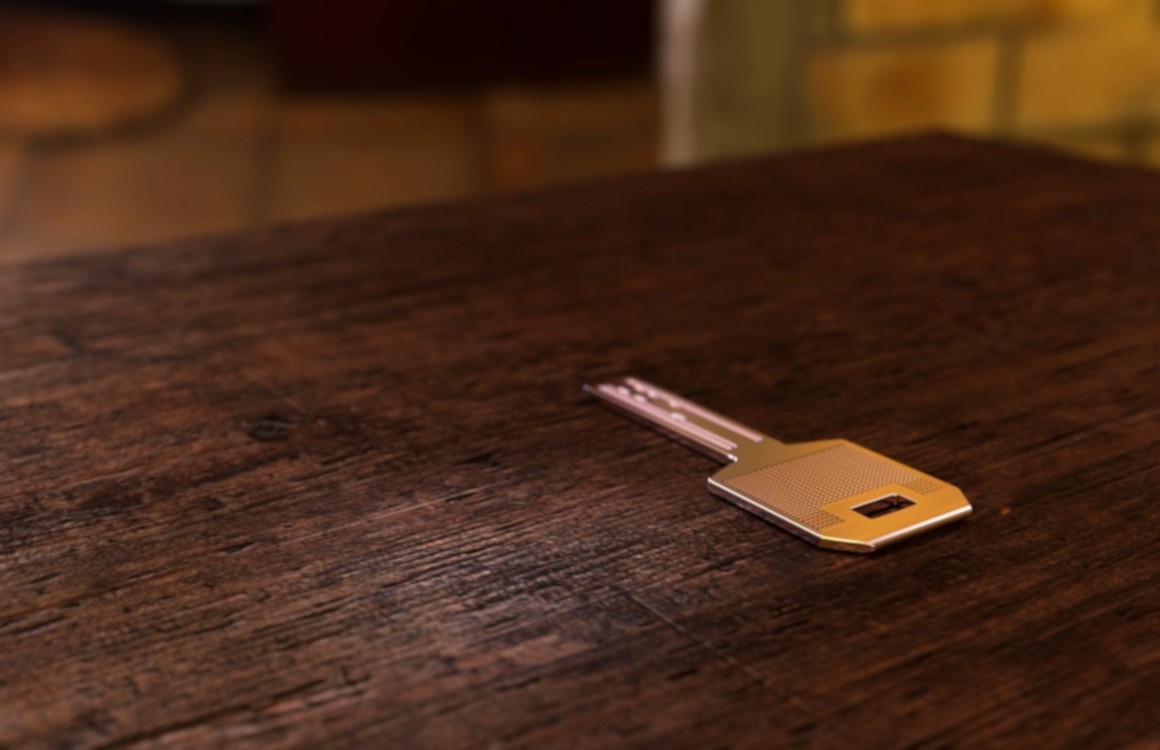Have you been hacked? A step-by-step plan to get your accounts back
You have been hacked and you can no longer access your Facebook, Instagram or e-mail? What should you do in such a case? We show it in three steps.
Read on after the ad.
Contents
‘I have been hacked’: a step-by-step plan
In 2019, the social media profiles of just under 170,000 Dutch people were hacked. That amounts to 1.8 percent of the population, calculated the Central Bureau of Statistics in the annual Cyber security monitor.
Some services, such as Facebook, have special procedures for people who have been hacked. If your account has been hijacked, you can indicate this on a special web page. The exact steps will vary depending on the type of hack, but you should always do the following.
1. Change passwords
Are all Facebook pages suddenly liked in your name? Or are your Instagram friends all getting vague messages from you? Then there is a good chance that you have been hacked and a stranger has entered.
If you still have access to your account, it is important to change your password as soon as possible. That way you deprive the hacker of his or her access, because they still have your old password.
Can’t access the account anymore? Even then you must reset your password as soon as possible. Most websites will send a verification message to your linked email address or phone number. From here you can still create a new password.
2. Set the hacker offside
We log into more and more places on social media. These locations are managed in the settings. Once you’ve changed the password, it’s important to cut off the hacker’s entries.
You do this by ending so-called sessions. These are locations where your account is logged in. It is also wise to remove apps that have access to your account: they may have been hacked. Below you will find per social medium how to delete sessions and external apps:
3. Who hacked you?
Hacking is a growing problem. It is therefore important that you let your email provider, Facebook, Instagram, Twitter or other websites know that you have been hacked. Please contact customer service and provide as much information as possible.
In any case, always state the approximate date when you were hacked, who the possible perpetrator is and what you did to solve the problem yourself. The social medium may pick up your complaint, for example if several similar stories appear.

Prevent hacking
Prevention is better than cure and that also applies to being hacked. The cybersecurity monitor shows that in 45 percent of the cases hackers simply had access to the victim’s account. For example, they were already logged in to that person’s profile by default. Follow these tips to avoid hacking:
- Be careful with your login details and don’t leave them lying around;
- Create a strong password and use uppercase and lowercase letters, numbers and strange characters;
Even better, use a good passwords app. This not only generates strong access codes, but also remembers them.
- Check regularly whether you have been hacked by, for example, looking at the police website and ‘Have I been Pwned?’;
- Turn on two-step verification to make your accounts extra secure.
When logging in, you do not only need registration data, but also an additional code that is sent, for example, by e-mail or text message.
Secure iPhone
Apple makes privacy and security an important feature. Read our practical iPhone privacy tips to protect your personal information or watch the video below. Be sure to check out our article on securing your iPhone without downloading additional apps.



